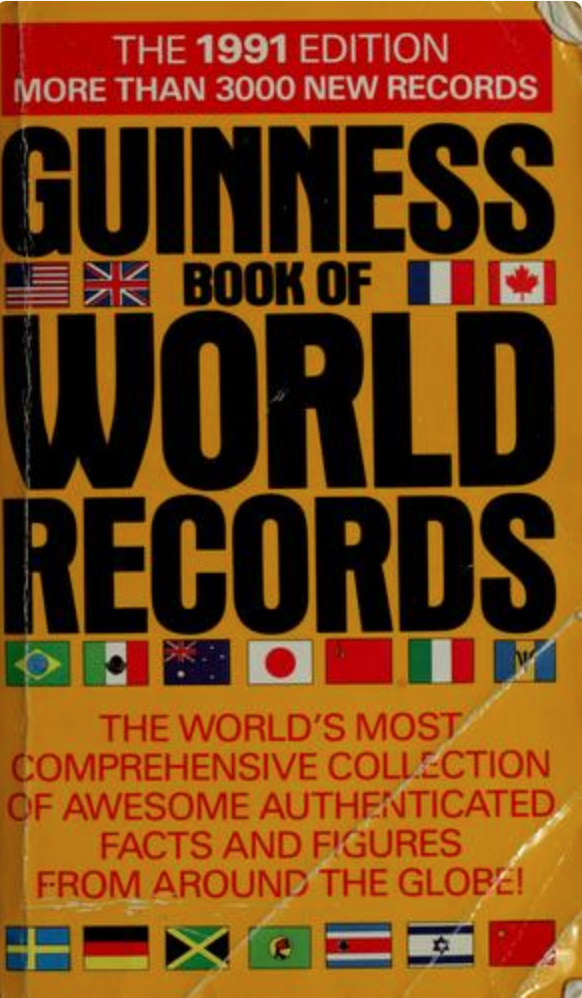Filed Under: Print > Journalism > "Komsomolskaya pravda" sets a Guinness World Record
"Komsomolskaya pravda" sets a Guinness World Record

In May 1990, Komsomolskaya pravda, the mouthpiece of the Communist Youth (Komsomol) organization, set a world record for highest-ever daily newspaper circulation: it had reached 21,975,000 print copies per day. This astounding high indicated the centrality of print media to Gorbachev’s reform era and testified to a high level of popular interest in newspapers—even those that had traditionally been linked to the Communist Party and supported by the government. Without a doubt, readership exceeded 22 million in 1990, even amid print shortages: interested readers, inured to privations of all kinds, would find copies at the library, at the homes of friends, at local social clubs, or on park benches.
Komsomolskaya pravda notably achieved its record before the new Press Law went into effect in June 1990, at which point the government stopped administering newspapers, including by setting circulation rates from above. In reality, though, perestroika had enabled newspapers to take greater control of their own print runs, meaning that the months just before the Press Law went into effect afforded the perfect conditions for record-setting numbers like Komsomolskaya pravda’s. On the one hand, editors could allow print runs to fluctuate based on the popularity of the content their published. At the same time, they still received heavy government subsidies to finance the cost of printing materials for so many copies. After the Press Law went into effect and newspapers became responsible for managing their own finances, high print runs became increasingly untenable—not least because the physical materials required to produce huge numbers of newspapers became more expensive.
The record-setting circulation rates of Komsomolskaya pravda and other Soviet print media are an important part of the global history of newspapers in the 1980s and early 1990s. Soviet newspapers achieved increasingly broad readership at the very moment that newspaper print runs in the capitalist West began to decline. This trend anticipated the rise of the Internet in the later 1990s, an event that would fundamentally transform periodical circulation and reader engagement with newspapers across the world.
Komsomolskaya pravda notably achieved its record before the new Press Law went into effect in June 1990, at which point the government stopped administering newspapers, including by setting circulation rates from above. In reality, though, perestroika had enabled newspapers to take greater control of their own print runs, meaning that the months just before the Press Law went into effect afforded the perfect conditions for record-setting numbers like Komsomolskaya pravda’s. On the one hand, editors could allow print runs to fluctuate based on the popularity of the content their published. At the same time, they still received heavy government subsidies to finance the cost of printing materials for so many copies. After the Press Law went into effect and newspapers became responsible for managing their own finances, high print runs became increasingly untenable—not least because the physical materials required to produce huge numbers of newspapers became more expensive.
The record-setting circulation rates of Komsomolskaya pravda and other Soviet print media are an important part of the global history of newspapers in the 1980s and early 1990s. Soviet newspapers achieved increasingly broad readership at the very moment that newspaper print runs in the capitalist West began to decline. This trend anticipated the rise of the Internet in the later 1990s, an event that would fundamentally transform periodical circulation and reader engagement with newspapers across the world.